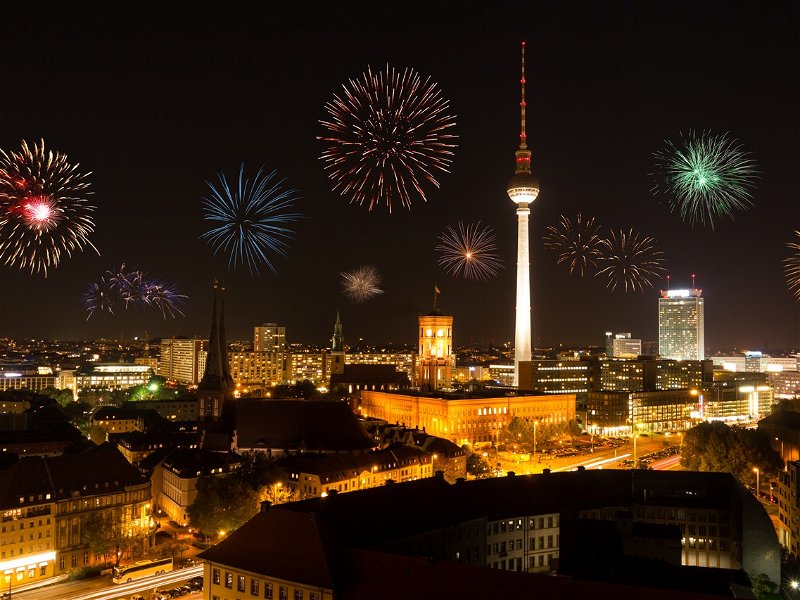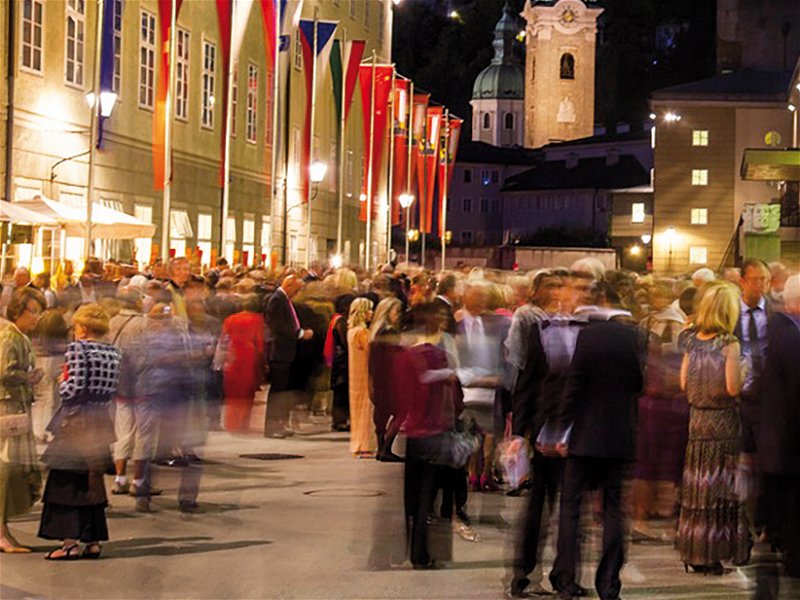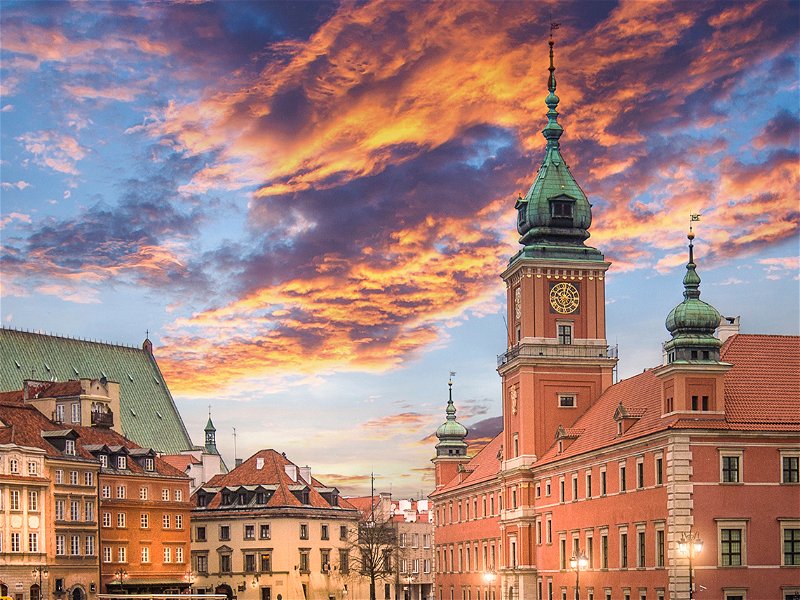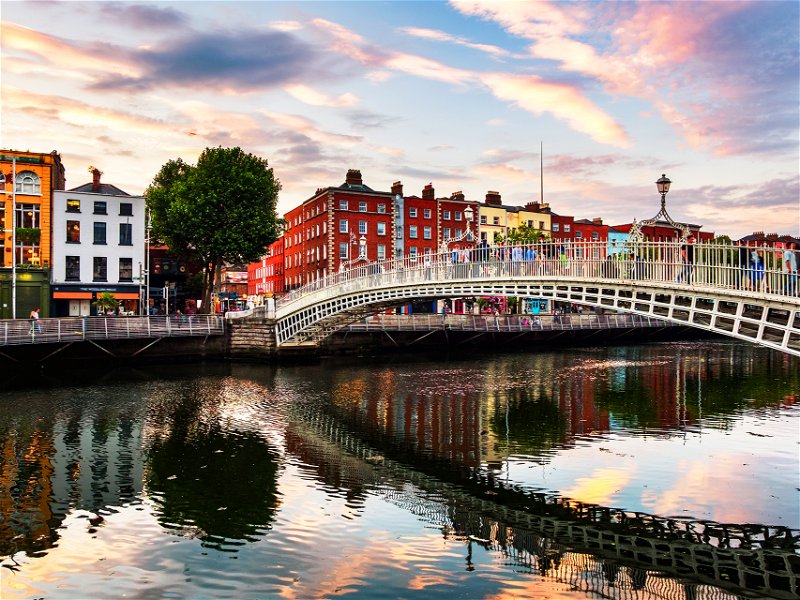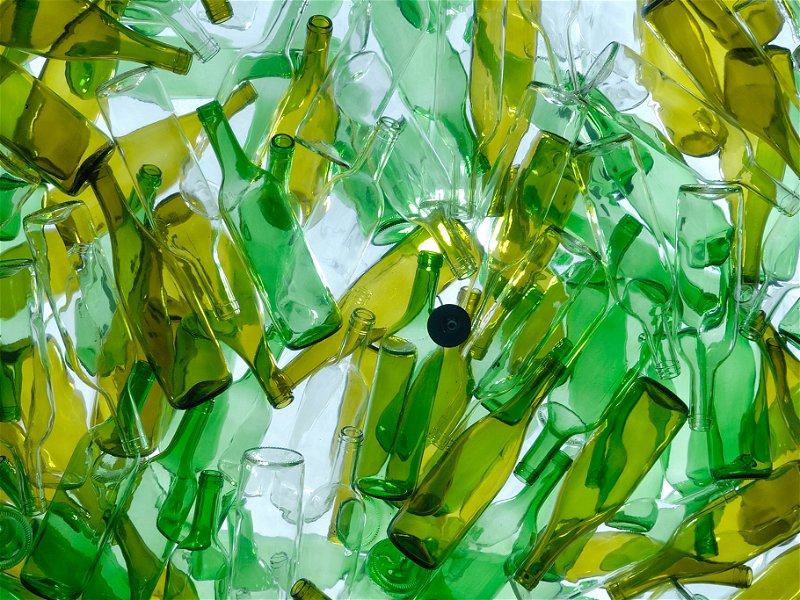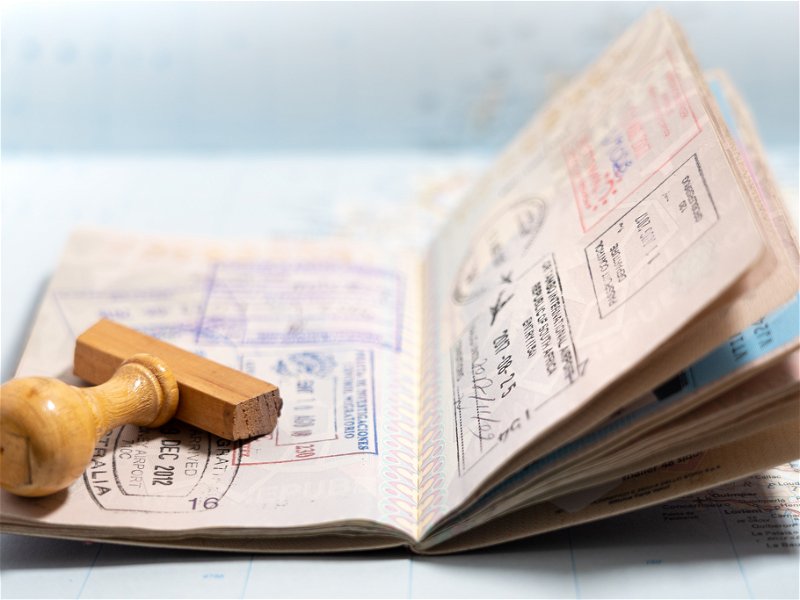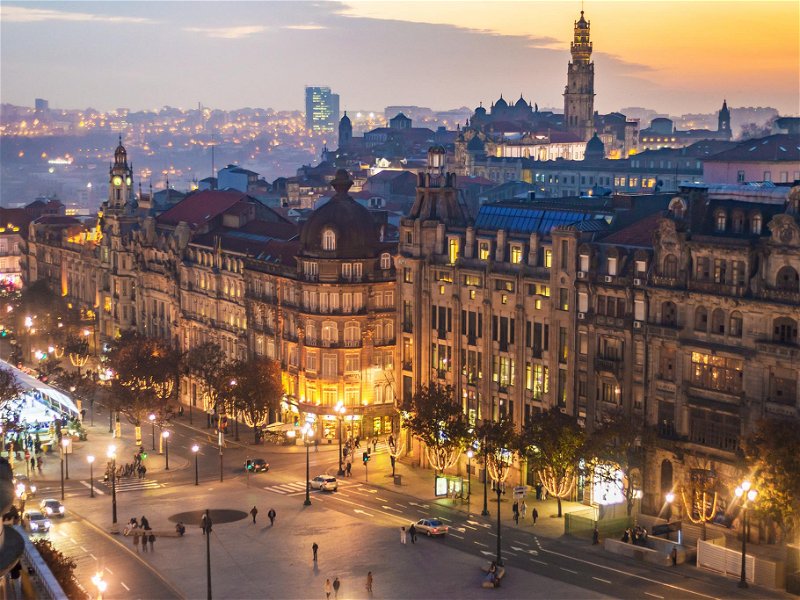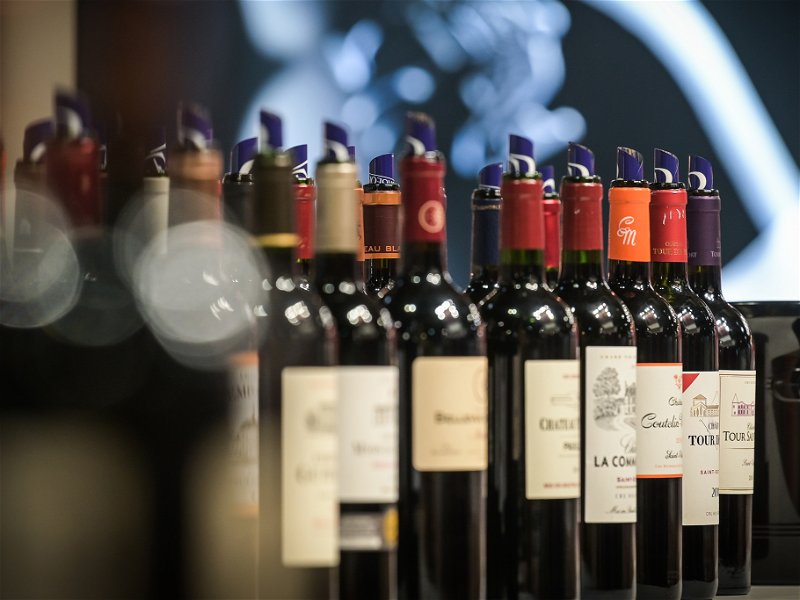Angelus: An Unsettling Silence in St. Émilion
Angelus' withdrawal from the classification has only really been discussed behind closed doors. We have a few exclusive (whispering) voices from France.
A brief reminder: After a classification was introduced in St. Émilion in 1955 – exactly 100 years after that of the Médoc – two estates stood alone at the top for more than 50 years: Ausone and Cheval Blanc. When the list, which is renewed every ten years, was revised in 2012, two more châteaux appeared in the rank of Premier Grand Cru Classé A: Angelus and Pavie. This decision of the commission appointed by the INAO was much commented on, and indeed, taken to court, since Angelus owner Hubert de Boüard was a member of the very committee that had decided to upgrade his winery. At the end of October last year, de Boüard was sentenced by a court and fined €40,000 because of this conflict of interest. Boüard did not appeal.
At that time, the two original Premiers Grands Crus Classés A, Cheval Blanc and Ausone, had already announced they would not apply for the 2022 reclassification. This step was taken in June 2021 before the application deadline – both estates explained that in their view, the criteria for reclassification placed too much emphasis on subordinate characteristics, such as wine tourism offers or presence in social media, and took too little account of the natural conditions, i.e. terroir and geology. The points of terroir and soil are undoubtedly the Achilles' heel of both 2012 climbers: Angelus vineyards are predominantly located at the foot of the slope in sandy loam - i.e. in soils that are considered rather simple, whilst Pavie had carried out extensive soil movements, which partly changed the original terroir.
Surprising withdrawal
Recently, on 5 January, Angelus published a press release in which it declared its withdrawal from the classification: "Once a source of progress, the St. Émilion classification has become a vehicle for antagonism and instability", this communiqué said.
In St. Émilion there appears to be a lot of consternation. The wine estate that benefited most from the classification in recent years now turns away from it amid criticism. However, none of this was voiced openly. Some voices criticise de Boüard's conviction in court in personal conversations, but also consider his withdrawal from the classification to be wrong, or even, as one person commented, "cynical". The statement of another château representative, who also asked not to remain anonymous, echoes this: In his opinion, it looks as if Angelus, while "in the slipstream" of Ausone and Cheval Blanc, wants to shirk its responsibility for the fact that the classification is in danger of falling apart.
Other parties also declined to comment, including the three wineries currently still classified as "A": "There is no statement on our part," Château Pavie said. Cheval Blanc left an enquiry from Falstaff unanswered. Pauline Vauthier at Château Ausone said that she does not comment on the decisions of her colleagues. However, Vauthier continues, there is a difference between Angelus' decision and her own: while Ausone had not even applied for the 2022 classification process, Angelus had withdrawn its application during the ongoing process.
"Classification useful for St. Émilion".
The only winery owner who was willing to make a public statement is François Mitjavile at Château Tertre Rôteboeuf. It is important to know that Mitjavile has never sought a classification himself, even though his cru is one of the most expensive in the appellation – a bottle goes for between 200 and 300 Euros. The wine is classified as a simple St. Émilion Grand Cru like 95% of the wines from the village. "Although I don't want to be classified, I think the current situation is very unfortunate," Mitjavile tells Falstaff, "because the St. Émilion classification is useful for our appellation. What is necessary is that the people who decide the classification now move to act coherently so that the classification is respected again in the future."
The trade says: who cares?
Bordeaux traders, such as Heiner Lobenberg from Bremen, are a little more open to comment: "As much as I like Hubert de Boüard, I was still surprised that he took this step. I thought the departure of Cheval Blanc and Ausone was a bit weird, a model insult to majesty if Figeac soon follows...It's a pity, but then it will soon be like Pomerol, you simply have to know the best names. ...Too bad for all Bordeaux beginners, knowing your way round will not become easier."
The model of the neighbouring and classification-free AOC Pomerol is also taken up by Michael Grimm of Bacchus-Vinothek in Germany's Rottweil, but in a positive sense: "In Pomerol, there is no classification and every wine lover can distinguish a La Fleur, Trotanoy or La Fleur Petrus from a Château Taillefer. Perhaps the whole issue of classification needs to be rethought." Regarding the departures, Grimm notes, "But as with Cheval Blanc and with Ausone, the same applies to Angelus: Who cares? I think Angelus has proven that some of the greatest wines of St. Émilion are made there. Who cares?"
Lucas Frost of London-based wine exchange Liv-Ex, while declining to comment, says: "Liv-Ex wants to stay away from any politics between the players in Bordeaux. We are the market and we want to remain neutral." Frost, however, points to the Liv-Ex classification of 2021. This biennial ranking is compiled from the market data on Liv-Ex, especially pricing, with additional consideration of vintage depth and trading frequency. Angelus had already dropped to second tier – the estate was in the first tier in 2019. The only two St. Émilions in the highest category of the current version of the Liv-Ex classification are Ausone and Cheval Blanc.




